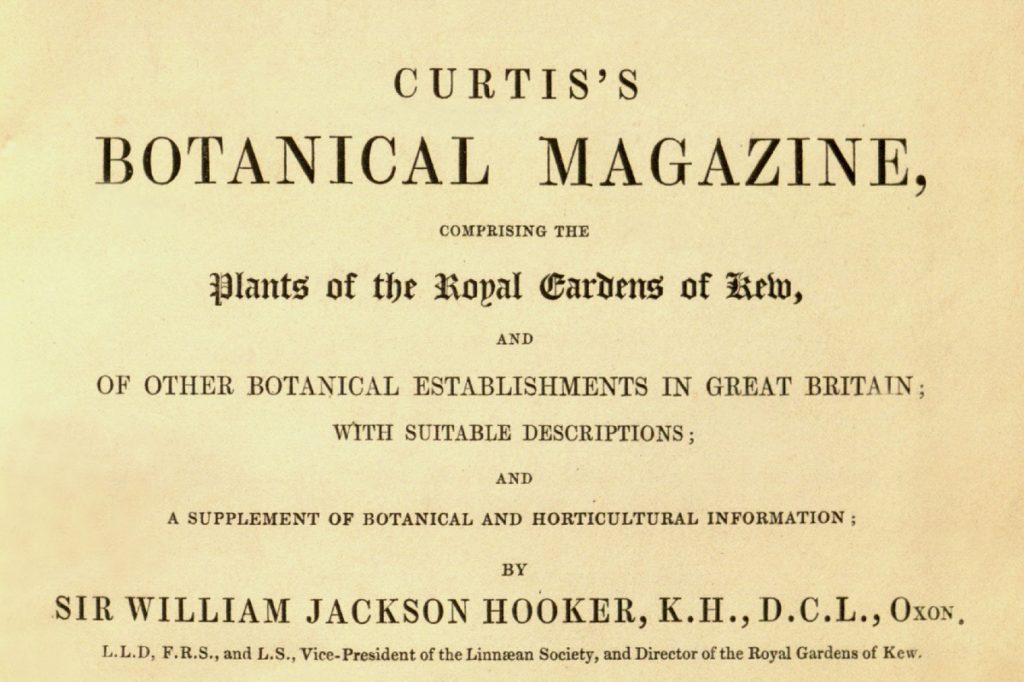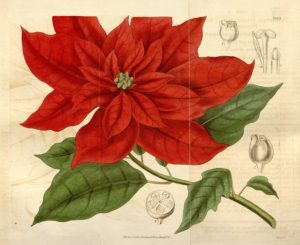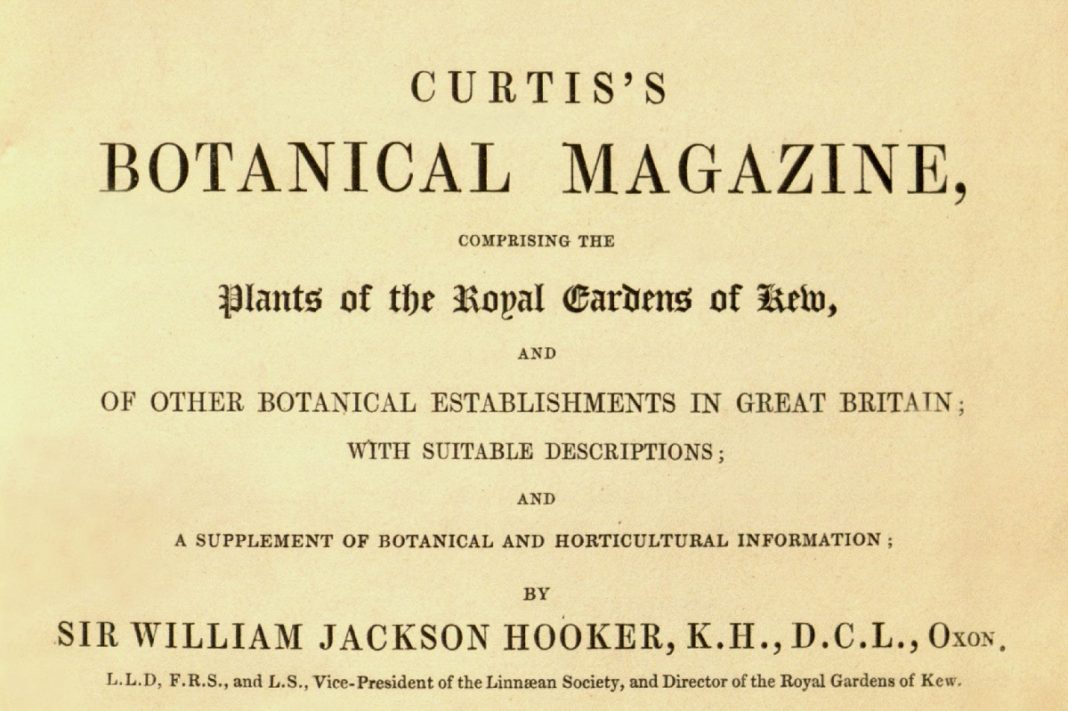Each of the issues contains a description, in formal yet accessible language, and is renowned for featuring the work of two centuries of botanical illustrators. Many plants received their first publication on the pages, and the description given was enhanced by the keenly detailed illustrations.

The first issue, published on 1 February 1787, was begun by William Curtis, as both an illustrated gardening and botanical journal. Curtis was an apothecary and botanist who held a position at Kew Gardens, who had published the highly praised (but poorly sold) Flora Londinensis a few years before.
The illustrations were initially hand-colored prints, taken from copper engravings, and intended to complement the text. Identification by a general reader was given in exploded details, some of which were given as a section. This was accompanied by a page or two of text describing the plant’s properties, history, growth characteristics, and some common names for the species.
The magazine is the greatest series of botanical illustrations yet produced, the consistent quality of the journal’s plates and authority make this the most widely cited work of its kind.

Curtis’s Botanical Magazine has been published continuously ever since, with a change of name to The Kew Magazine from 1984 to 1994. In 1995 the name reverted to that of the widely cited, Curtis’s Botanical Magazine. It continues to be published by the Royal Botanic Gardens, Kew as a publication for those interested in horticulture, ecology, or botanical illustration.
The standard form of abbreviation is Curtis’s Bot. Mag. or Botanical Magazine in the citation of botanical literature.
According to Wikipedia














